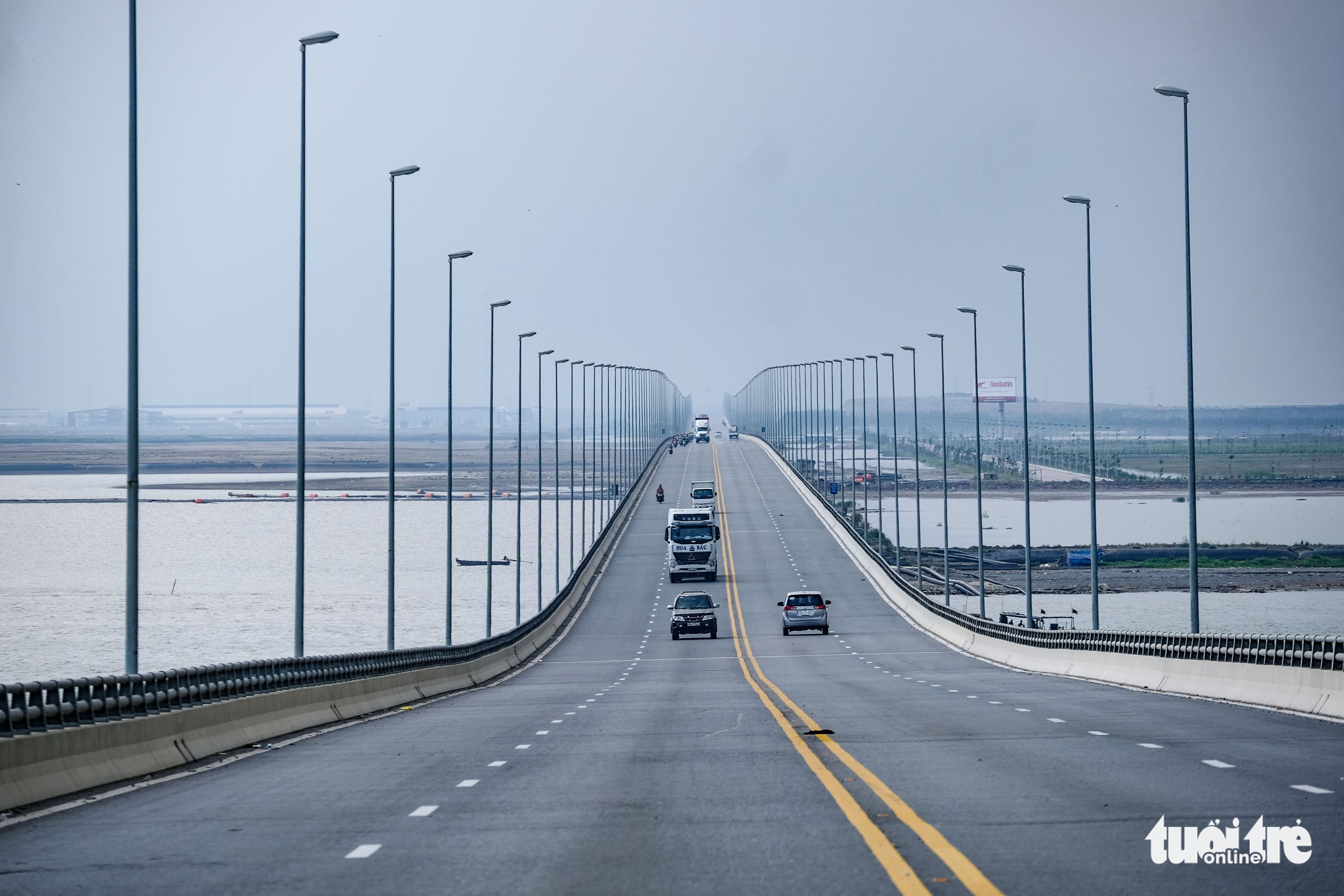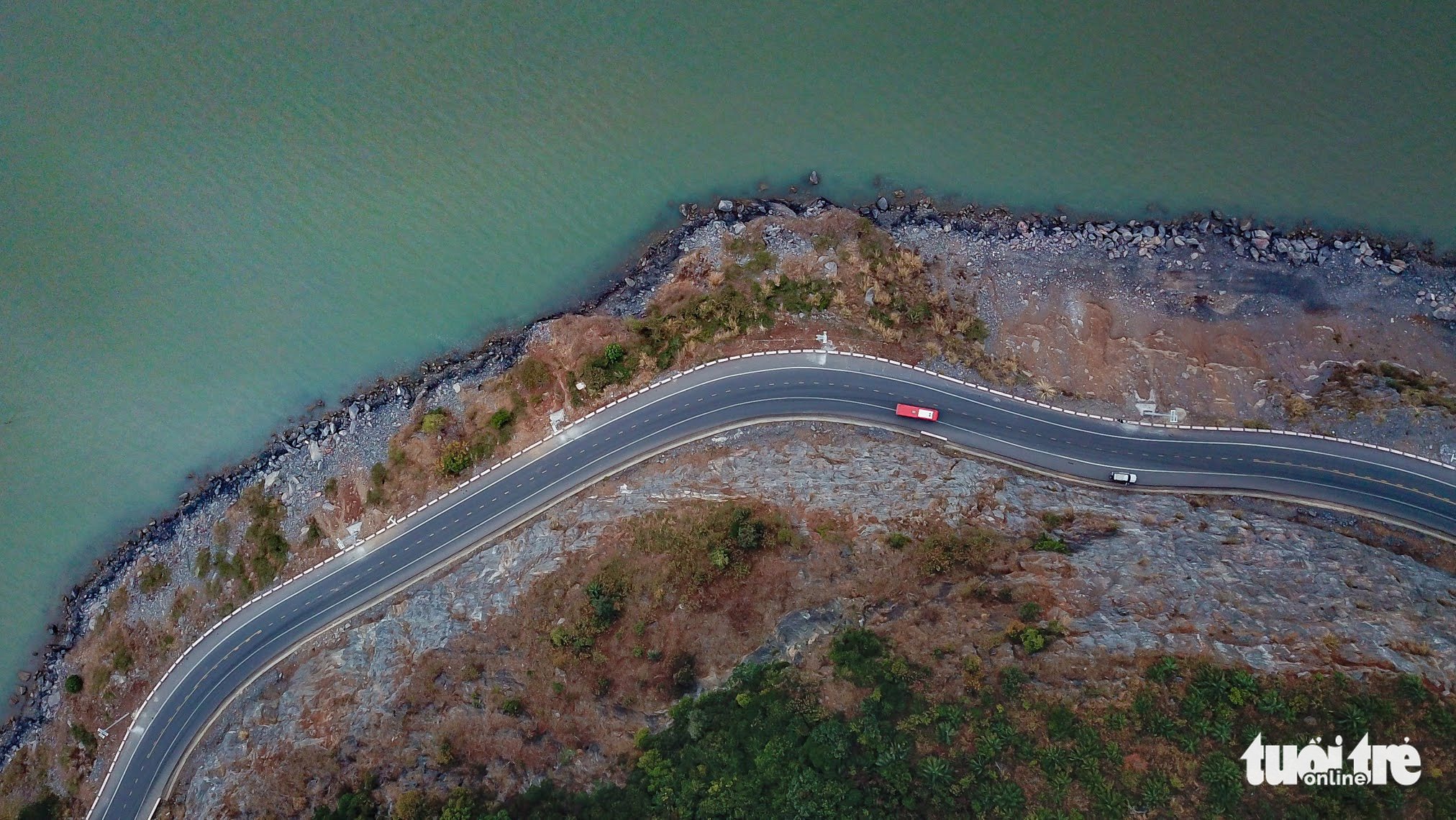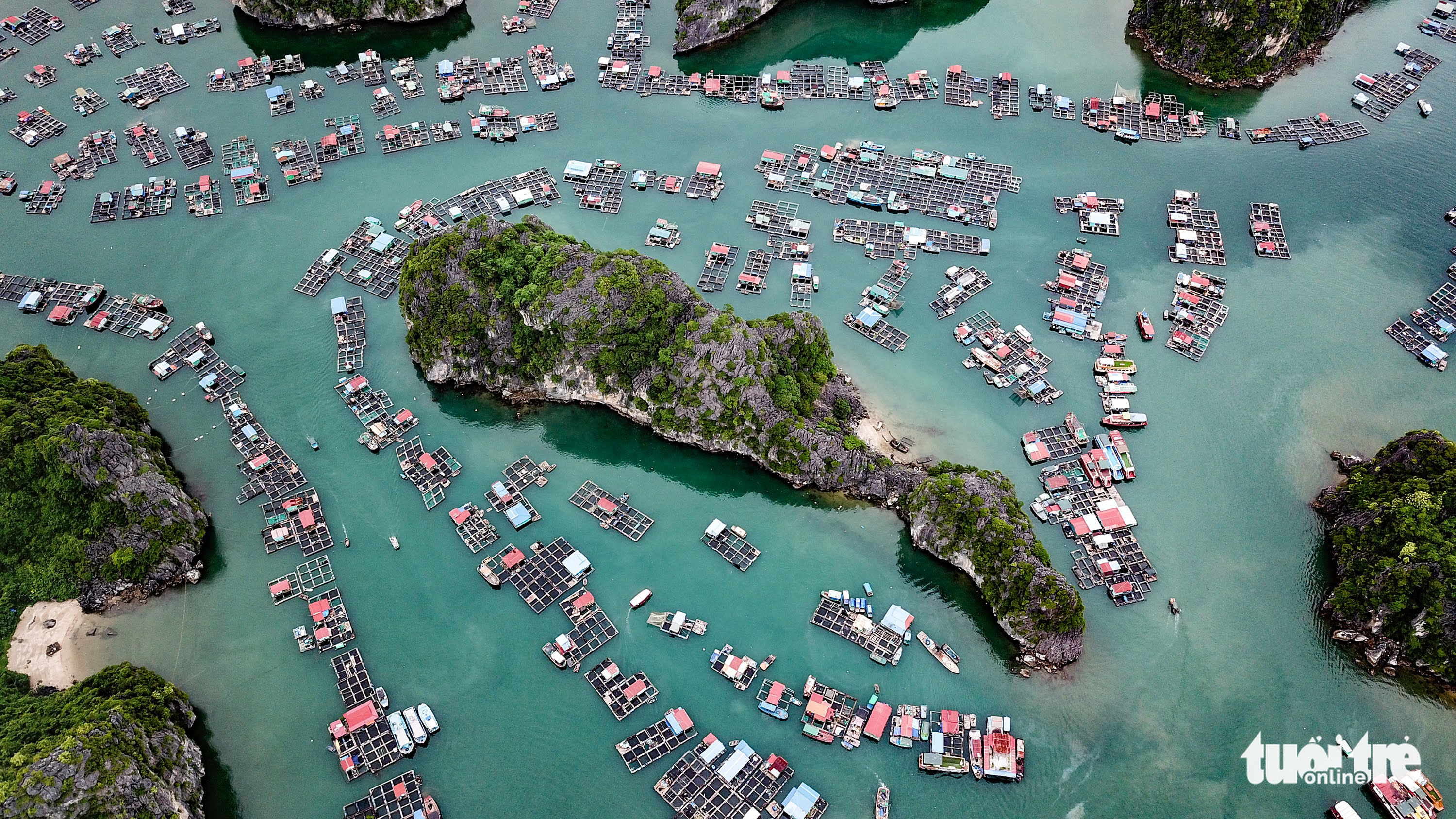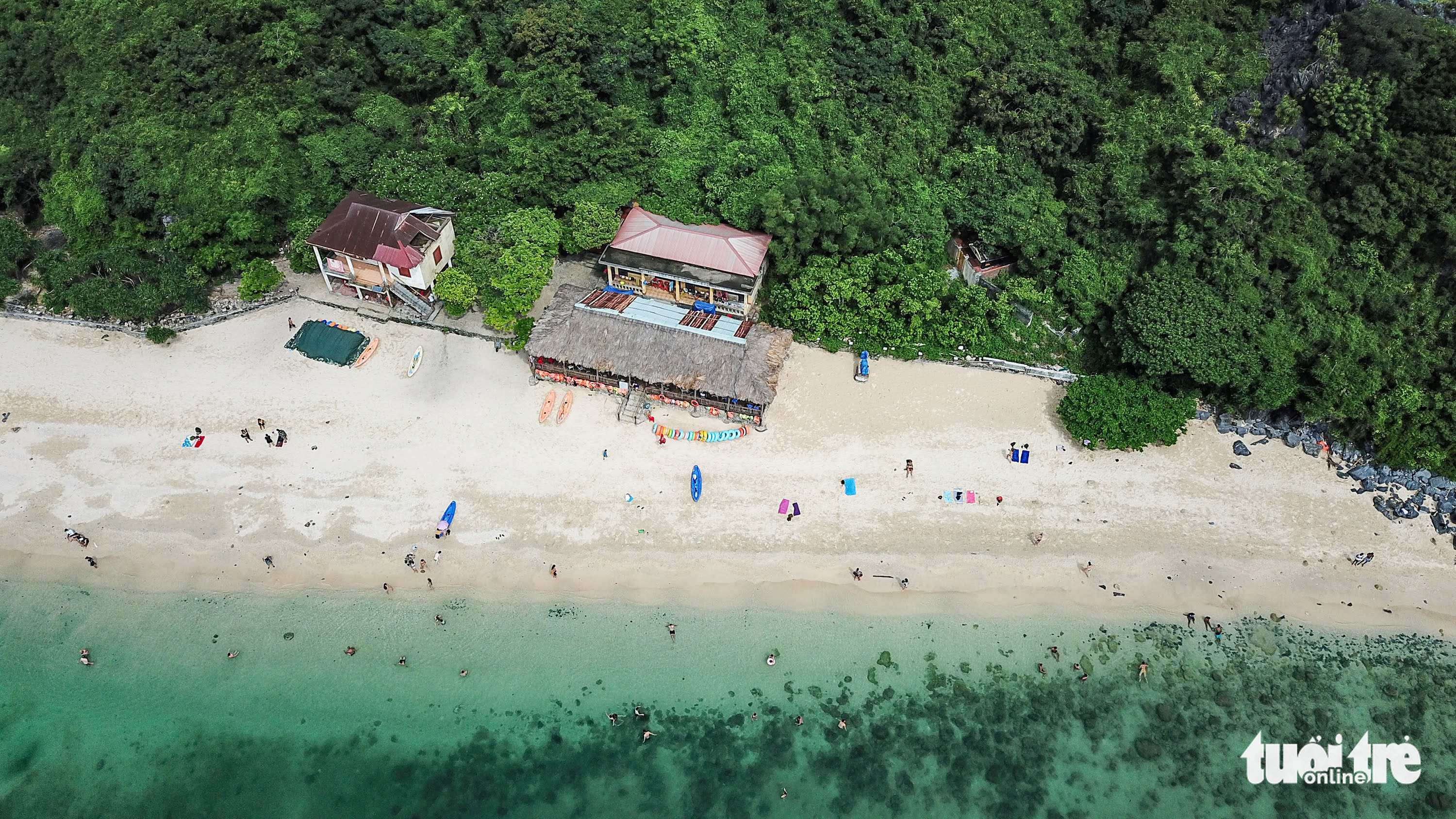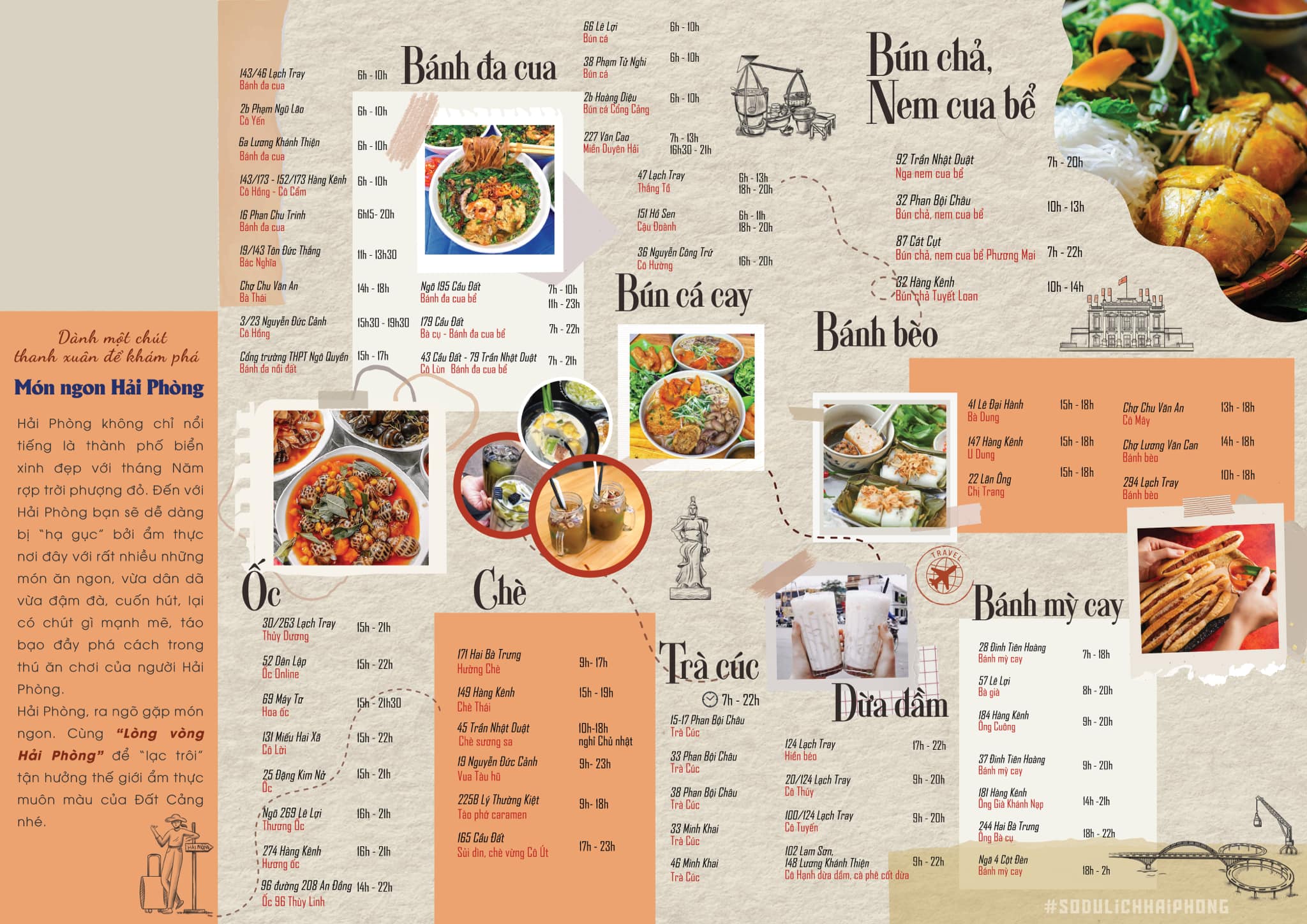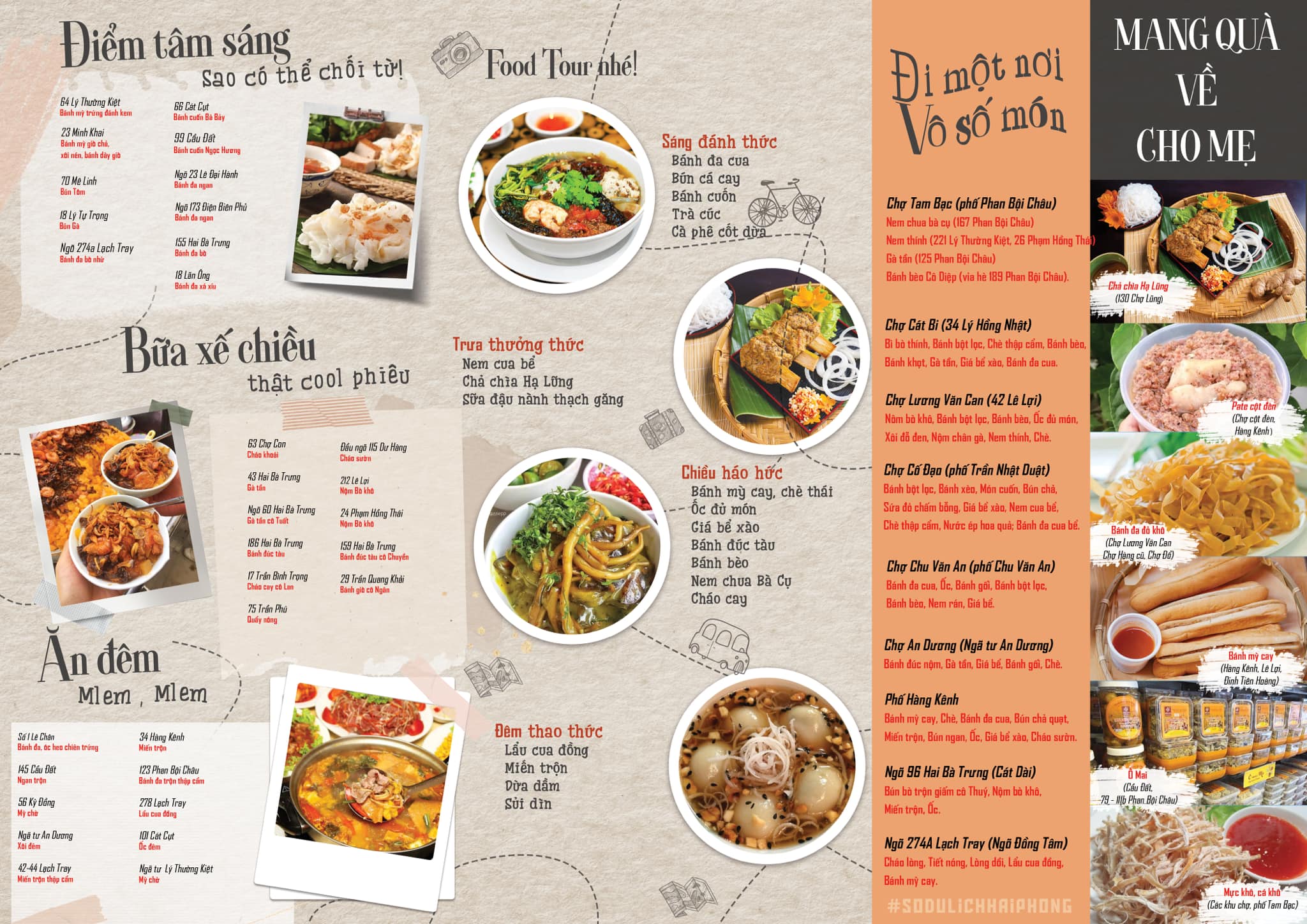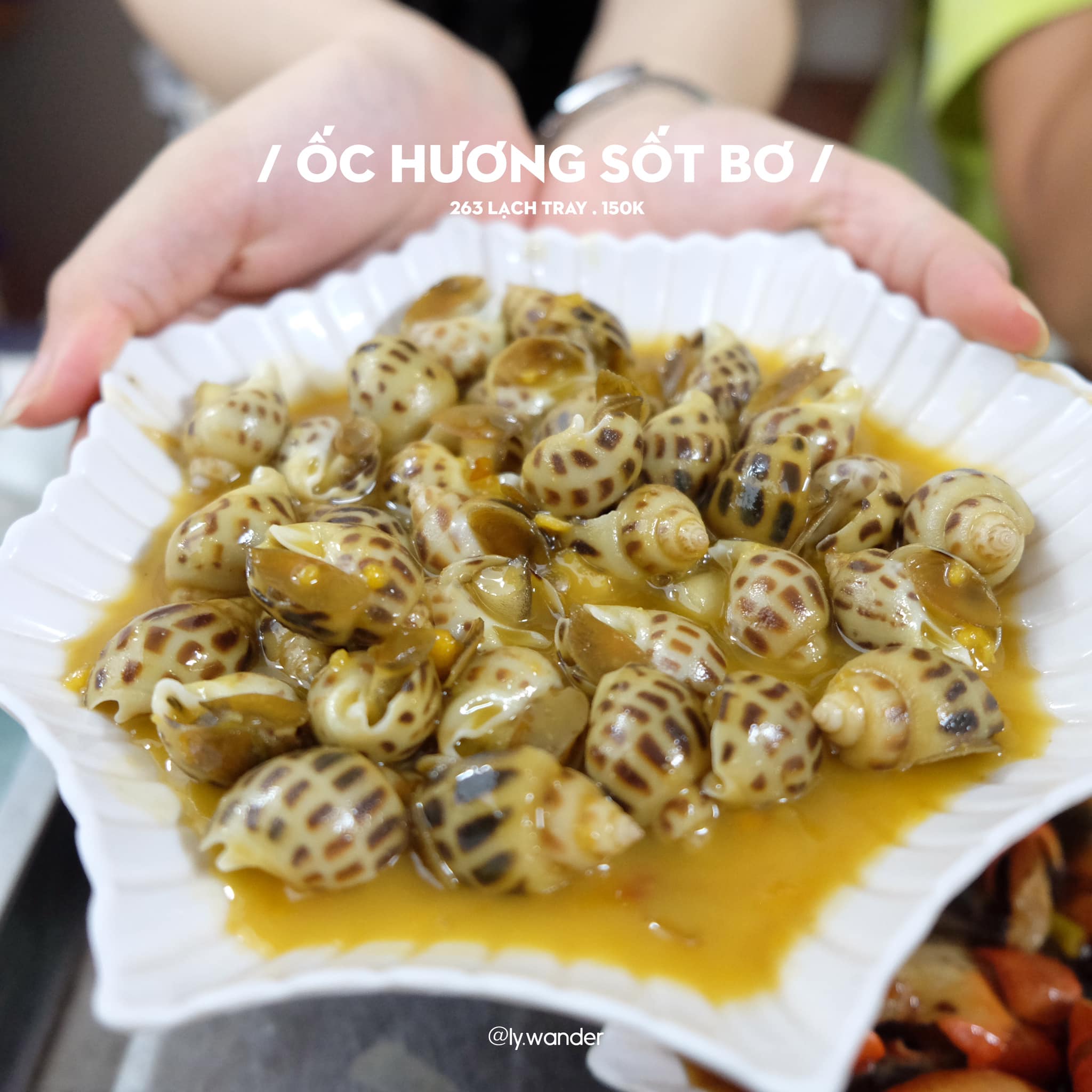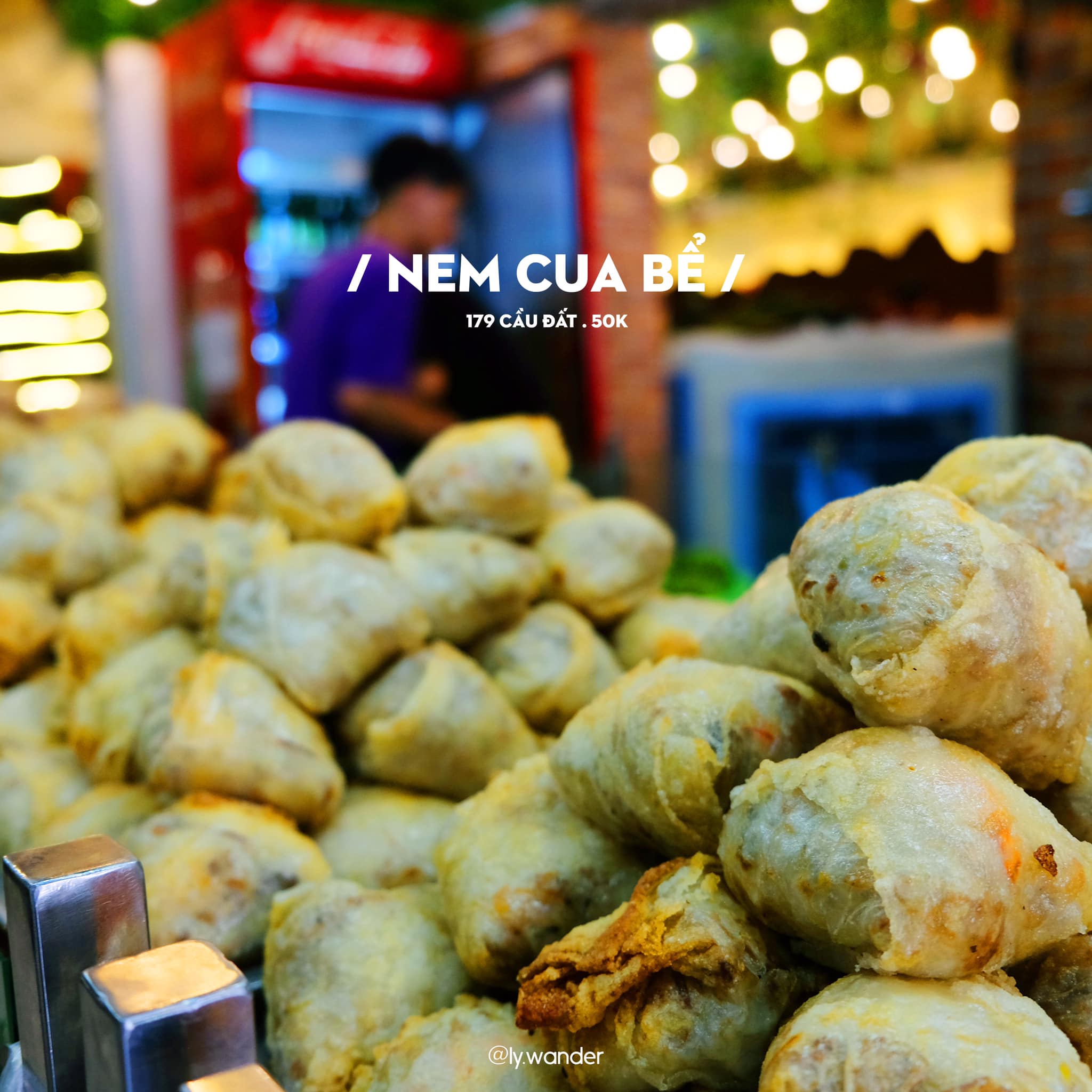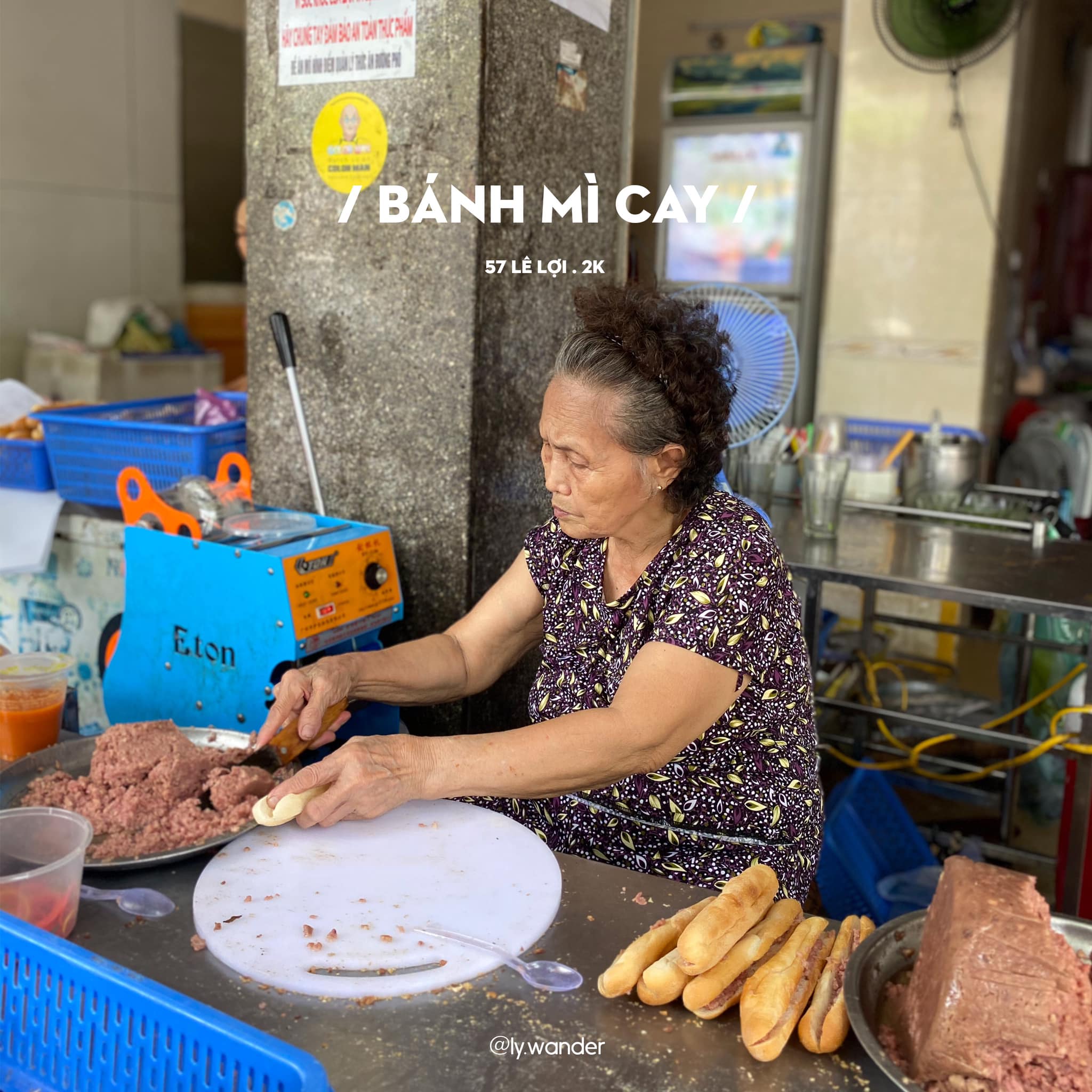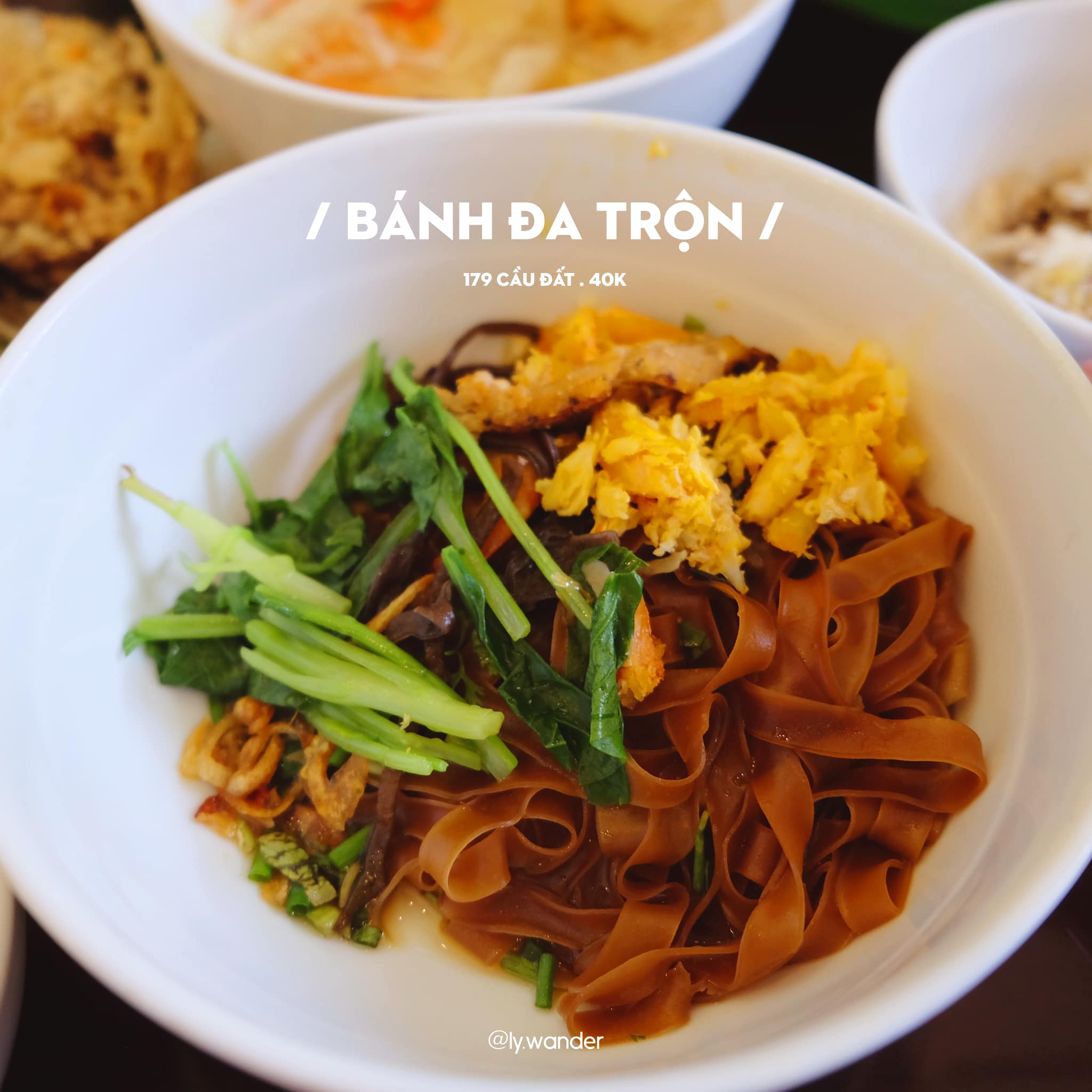Hai Phong, a major port city in northern Vietnam, is well known amongst tourists thanks to its spectacular natural landscape, historical landmarks, and culinary delights.
The city is beautiful any time of the year, but summer, when majestic red phoenix flowers bloom across it, is perhaps the most perfect time to visit this wonderful tourist destination.
Travelers from Hanoi can access Hai Phong by passenger bus, train, or car.
The first train to Hai Phong departs from Hanoi at 6:00 am and arrives in Hai Phong approximately two hours and 40 minutes later.
|
|
|
Vehicles move on the Tan Vu-Lach Huyen Bridge in Cat Hai District, Hai Phong City, northern Vietnam. Photo: Nam Tran / Tuoi Tre |
The cost of a train ticket ranges from VND100,000 (US$4.31) to VND130,000 ($5.61), depending on the type of seat.
The major draw of the Hanoi-Hai Phong train route is that it allows travelers to truly take in the wonderful scenery along the way.
A private car offers a similar experience and it allows visitors to make it to Hai Phong in just two hours.
Travelers from Ho Chi Minh City can also opt for a flight to Hai Phong’s Cat Bi airport.
|
|
| A 25-kilometer coastal road features gentle cliffs and views of the evergreen trees which rise out of Cat Ba National Park in Hai Phong City, northern Vietnam. Photo: Nam Tran / Tuoi Tre |
Exploring Hai Phong
Hai Phong’s most famous attractions include Do Son Beach, Doi Rong Tourist Site, Hon Dau (Dau Island), and Cat Ba Island, all of which offer breathtaking natural scenery.
Cat Ba, of the coast of the city’s Cat Hai District, is an archipelago of 367 islands. The largest island in the archipelago, Cat Ba Island is flanked by sandy beaches and clear blue waters.
Until recently, Cat Ba was only accessible by speedboat, but construction of the Tan Vu – Lach Huyen Bridge, Vietnam's longest bridge, now enables visitors to access the island by car.
|
|
| An aerial view of the Cai Be fishing village, the oldest fishing village in Hai Phong City, Vietnam. Photo: Nam Tran / Tuoi Tre |
|
|
| Dao Khi (Monkey Island), a popular island for visitors known for the monkeys that inhabit its three-kilometer-long shoreline popular with tourists. Photo: Nam Tran / Tuoi Tre |
|
|
|
Visitors can travel to the center of Cat Ba Island through the road passes via the namesake national park. Photo: Nam Tran / Tuoi Tre |
Backpackers can also visit Doi Rong Tourist Site – a newly built entertainment complex which features a golf course, a high-class resort, an artificial ocean, a saltwater swimming pool, a water park, and an amusement park.
Doi Rong is currently free to access, however swimming at the venue costs VND100,000 ($4.31) per person.
|
|
| A young woman poses at Doi Rong Do Son Tourist Site in Hai Phong City, Vietnam. Photo: Le Phan / Tuoi Tre |
Travelers looking for peace and quiet can enjoy the tranquil beauty of Hon Dau (Dau Island), situated about 20 kilometers off the mainland.
Hon Dau is accessible only by boat, with tickets to the island costing VND100,000 per person both ways.
Once on the island, visitors can take in Hon Dau’s lighthouse, primeval forest, and rocky beaches.
|
|
| A tourist poses under the shade of a bougainvillea on Hon Dau, just off the coast of Hai Phong City, Vietnam. Photo: Le Phan / Tuoi Tre |
A paradise for Vietnamese cuisine
Hai Phong is the perfect city for hungry visitors.
The Hai Phong Department of Tourism recently published a map of delicacies to help visitors find the best spots to enjoy the city’s renowned cuisine. The map is supplied for free at bus and train terminals.
|
|
| This supplied photo shows a map of Hai Phong delicacies designed by the local Department of Tourism. |
|
|
| This supplied photo shows a map of Hai Phong delicacies designed by the local Department of Tourism. |
Hai Phong is well known for its stir-fried shellfish – a must-try when visiting this city.
Visitors can also enjoy oc huong (sweet snails), oc mong tay (razor clams), oc bong (tiger moon snails), oc len (Cerithidea obtusa), and oc do moi (Neripteron violaceum).
|
|
| 'Oc huong sot bo' (sautéed sweet snails with butter sauce). Photo: Ly Nguyen / Tuoi Tre |
|
|
| 'Nem cua be' (deep fried crab spring rolls), one of the most famous delicacies in Hai Phong, is traditionally wrapped into a square about the size of a palm. Photo: Ly Nguyen / Tuoi Tre |
|
|
| A street vendor serves 'banh mi que cay' (spicy stick-bread), a Hai Phong delicacy that costs just VND2,000 per stick. Photo: Ly Nguyen / Tuoi Tre |
|
|
| 'Banh da tron' (Vietnamese crab noodles), a signature element of which is chewy 'banh da do' (reddish-brown noodles) made from rice flour. Photo: Ly Nguyen / Tuoi Tre |
Like us on Facebook or follow us on Twitter to get the latest news about Vietnam!




